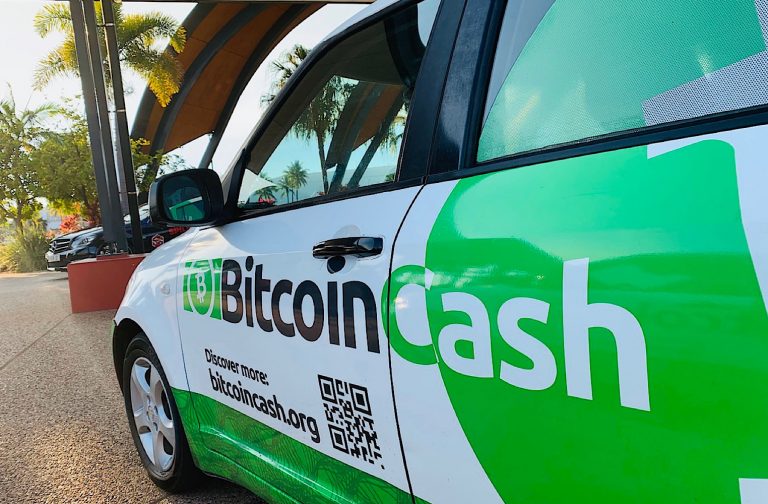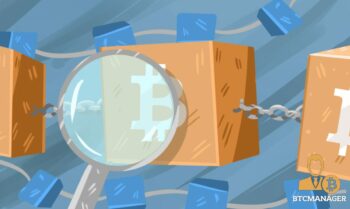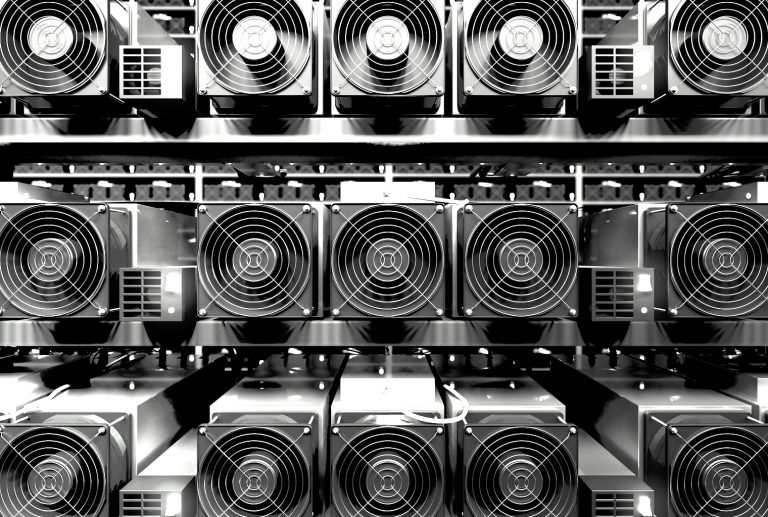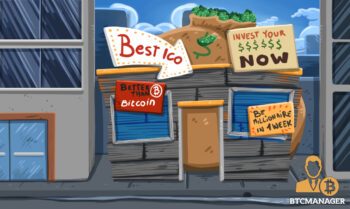
2021-12-2 00:00 |
When examining why people acquire bitcoin, we find different incentives, more based on preservation of the network than “getting rich.”
What incentives does Bitcoin offer? Money accumulation, or is there any greater purpose and incentive for miners securing the network? Mining is a most important process of the Bitcoin network, yet relatively few actually understand it.
I recently had the pleasure of speaking with Marty Bent, the laid-back Philadelphian with a penchant for Bitcoin mining and founder of Tales From The Crypt podcast. We talked about my journey and how I came about writing my book “From Bars To Bitcoin,” a coming-of-age story in which prison ushered Bitcoin into my life for the better. I did not need a halfway house when I came home from incarceration because Bitcoin gave me the necessary skills to reintegrate into society at a pace only a book could highlight. During the podcast, a revelation hit me on the real reason behind Bitcoin’s incentives; you know, the tangible things that keep plebs and investors up at night.
What incentives does fiat money give society that may sway so many members of society to push morality to the side, even to the extent that they may even commit a crime to obtain it? Looking at the staggering numbers of incarceration in America, it’s easy to see that this happens with regularity. Crime pays, and it delivers in fiat at greater levels than bitcoin. The media may uphold bitcoin’s few cases of cybercrime and its “shadowy super-coder” founder as something that threatens the security of the reserve currency. That truth is that crimes committed with bitcoin are few and far between. Bitcoin, in my opinion, gives a more peaceful, inclusive, and better return of honest money as an incentive than anything man has ever seen before.
The initial idea ran through my mind at an earlier date while reading “Mastering Bitcoin” but conversing with Marty brought renewed feelings on the topic. Mining is one of those many Bitcoin incentives. To the misinformed, mining may seem like an energy-dependent money grab. A well-run series of S9 miners toiling at mathematical problems hashing away for a solution seems to result from acquiring Bitcoin with a high price tag. Even my granddaddy tried his hand at mining by buying an old AntMiner, to no avail. That’s how powerful Bitcoin is; no matter what, if you are attached to Bitcoin, if it goes up, you go up with it. That is why Bitcoin is the only thing I hold.
For the record, I am not some hardcore Bitcoin miner. I am merely posing a question to the Bitcoin community about their incentives to acquire. What is the real motivation for mining Bitcoin? That one question can quickly peel back many other layers of hidden incentives. What I mean by hidden is that a lot of people believe these incentives solely revolve around money. The overall price of Bitcoin goes up, then people get overly excited; that’s what messes up newbies during the orange-pill process because they have no idea what mining entails. At the surface level, it is hard to understand that mining bitcoin keeps the network decentralized, and it is way bigger than just earning bitcoin as a monetary reward. It is also about creating a new financial structure on the Earth that treats all fairly, as equals, which cannot be manipulated to the benefit of the few at the top. Bitcoin is sound money. Bitcoin saves the world while you tweet, while you surf the internet, and so many are not paying attention. Here is how.
Automated IssuanceMining is a complex topic at the base level, but mining secures the network and it assures the automated mathematical issuance of new bitcoin. For example, in 2021, every 10 minutes, 6.25 new bitcoin are added to the worldwide ledger and placed into a certain block. What does that look like every day? That’s 900 new bitcoin. The issuance of bitcoin and everything around that issuance encompasses that hard cap of 21 million, demanding that a certain fixed amount of bitcoin comes out every day on the path to that total of 21 million. That structure’s predictability is the base layer as to why bitcoin has a 200% compound annual growth for over a decade.
Mining acts as a decentralized mint for bitcoin. When miners add a new block to the blockchain, a set number of unique bitcoin is rewarded. They are also rewarded with fees from transactions, which serves as another powerful financial incentive. How do we compare that to something in the real world? Within fiat history, there has never been a form of money issuance that relied solely on following mathematical rules. Previously, money issuance was based simply on political policies, whims, and even just human emotion. We have our most significant example, with COVID-19. 20% of U.S. dollars in existence were printed in 2020 alone to save the economy or, better yet, to save Wall Street. Even the Federal Reserve Chair Jerome Powel has lost faith in the M2, saying, “Right now, M2 [money supply] does not really have important implications. It is something we have to unlearn.” This should raise some eyebrows.
However, while governments worldwide increased their money printing, the Bitcoin network still kept mining the same consistent amount it was programmed to do, which helped to stabilize the world. That decentralized set issuance of mining, coupled with the built-in halving concept, is a trustable incentive and the real reason why you mine bitcoin. In the face of a pandemic, bitcoin’s issuance amount was cut in half and still served as a valuable store of wealth, when the fiat system did not. A “halving” of the amount of new bitcoin issued occurs every 210,000 blocks (about every four years). Lowering that number at a steady pace is the genius of Satoshi. Keeping the network on an issued schedule of scarcity increases the value of the coin over time, ensuring that demand exceeds supply
HODL On!Another invisible incentive is that a lot of manipulation is impossible due to the fact that you can’t add or decrease the block size. You can’t alter the amount of bitcoin supply being created. This brings about an incentive for you to continuously hold on to it. It upholds the de-inflationary nature of bitcoin. Even the HODL method, for example, may just be the greatest invisible incentive in the Bitcoin world of all time. What is the incentive for HODLing? A lot of people believe HODLing is about increasing your fiat value, and keeping bitcoin off of the exchanges, and YES this is very important.
However, HODLing requires holding your bitcoin for a long time after converting your fiat dollars into it, trusting that the exponential increase in bitcoin’s value is also a fixed fact of life. It creates a recipe for destroying the fiat system; however, so many believe it is only for making money. Bitcoin’s actual design is to empower the people because the people in control of the money can’t go against their own nature, so they keep printing money. When people used to ask, “Can Bitcoin end the banks?” I used to think it couldn’t, but the longer you HODL, the more you strengthen Bitcoin, and that answer begins to lean more towards a definite “YES.” Satoshi wrote Bitcoin’s core code to be impregnable and aligned from top to bottom. So the more fiat dollars siphoned out the system into Bitcoin, the weaker centralized control becomes, and most people are doing this without being aware they are doing so.
What Sound Money Does To PeopleIn El Salvador for example, the citizens are still spending U.S. dollars, but during the recent price strike, they are slowly starting to realize the common-sense value of HODLing as the value of any bitcoin they own increases. You don’t have to teach the value of saving with bitcoin; understanding bitcoin will do it for you. That time will come when you start to notice your fiat money is not working for you, and the whole monetary system is tainted with corruption. That’s when those incentives of Bitcoin take hold and are always at work. You are upholding the network you are participating in, and by doing that, you are actively increasing the role and importance of bitcoin in the world, and thereby disrupting the system of old.
This is a guest post by BitcoinVegan and Dawdu Amantanah. Opinions expressed are entirely their own and do not necessarily reflect those of BTC Inc or Bitcoin Magazine.
origin »Bitcoin (BTC) на Currencies.ru
|
|
































